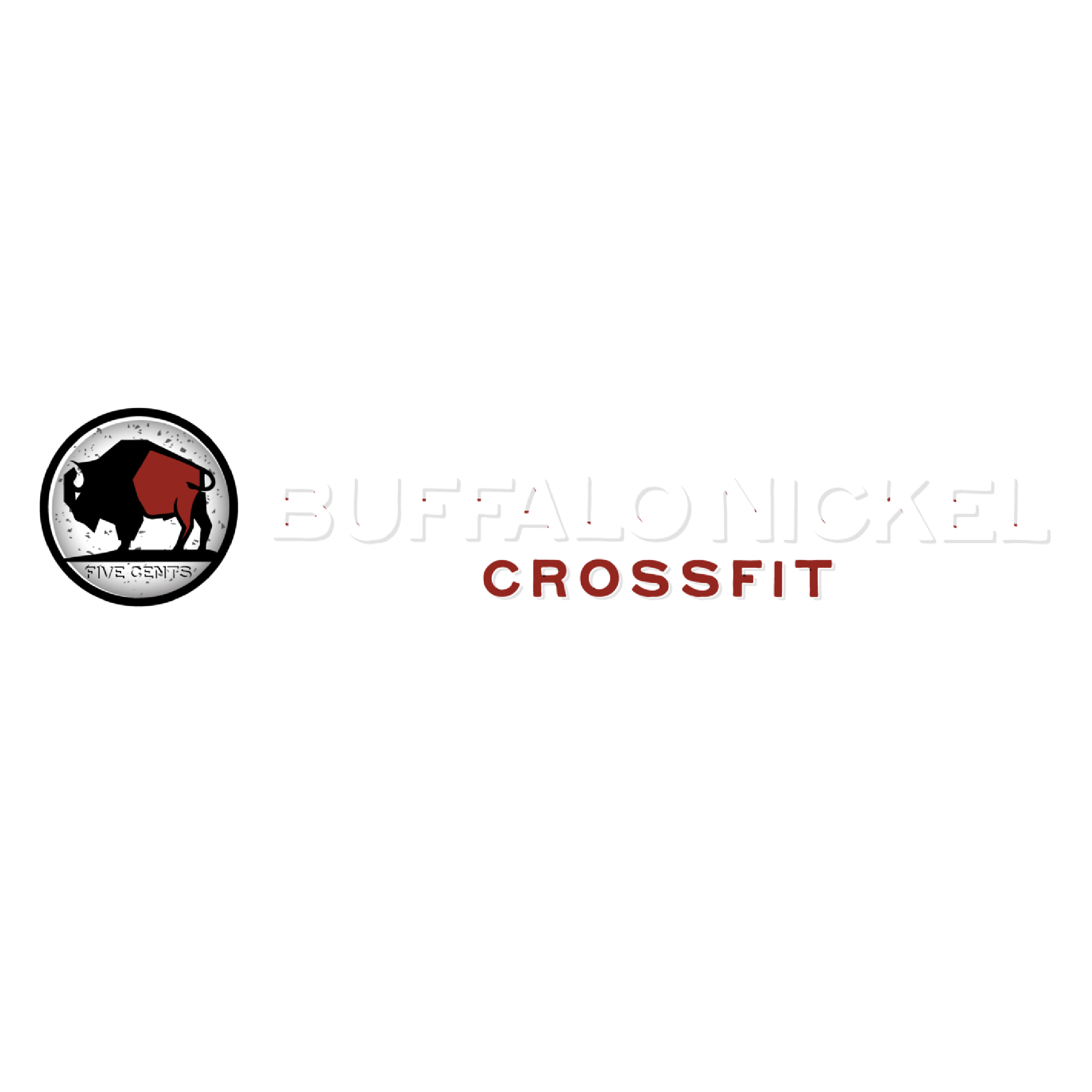The wallball. Some love it, some hate it. Regardless of how much you do or do not enjoy it, they’re a great core exercise that we all want to be faster/better at. There are a few common areas where most people could make wall balls easier for themselves.
Problem areas
Okay, so you know how to do a basic wall ball. But there are always places to improve. There are 4 areas of the movement that you could work on and make wall balls easier for yourself. They are:
- Hands
- Depth
- Drive
- Rebound
Hands
Where the hands go on the ball makes a huge difference. This alone will change how wallballs feel tremendously.
Proper hand placement will be under the ball, with thumbs pointed back towards your face. The ball should be resting against your chin here as well. This places elbows almost directly under the wrist which is a very easy position to hold
Athletes often place their hands on the sides of a ball and then try to crush it between their hands in an effort to hold it. This flares the elbows and does not allow the athlete good power delivery to the ball.
The biggest issue with the side/crush grip is it usually means the ball sits lower. Instead of being chin/face level, it sits throat/chest level or even lower. This makes it almost impossible to keep the chest in the upright position we want it to be during a squat.
Depth
It’s common knowledge that not going low enough in a squat (hips past parallel of knees) will count as a ‘no rep’. So, athletes typically try to bottom out a squat in an effort to forgo the ‘no rep’. The effort is appreciated, however the athlete is wasting valuable time and energy here.
They not only spend the time reaching the full bottom of the squat, but now they have to spend the time reversing that distance. Moving their body weight and the ball through that space requires much more energy.
They also usually lose the tension in the core, knees, and back, which they must regain before completing the movement. This also uses energy we could be focusing elsewhere.
A good depth is hips just breaking the plane of parallel. Here the athlete is able to keep tension in the right areas and save time and energy on the descent and the drive.
Drive
Wallballs can appear to be a very arm heavy movement. And, done improperly, they are. The drive is what I call from the bottom of the squat until you release the ball again. Basically the upward movement.
Beginner athletes often try to use only the arms and heave the ball up to the proper mark. This is what causes more work for the athlete.
Most humans create the largest and most efficient power through their hips and from their leg drive. This is one of the great things about being bipedal. The drive is where athletes should be focusing on getting a super aggressive leg drive and hip pop.
Try this: push the floor away hard, squeeze the butt and pop the ball up. This will help drive the ball to the mark with minimal effort from the arms.
Hopefully, this will save the arms for another movement in the metcon.
Rebound
The rebound is just like in basketball. The ball comes off the wall and we are reaching out to take back control. Obviously rebounding with a medball and wall balls is totally different than basketball, but we still need to practice this movement.
Athletes will usually drive the ball up, arms outstretched and stand there waiting for the rebound. As their hands take possession, control and, most importantly, the weight of the medball they squat down.
A Rx medball is relatively light considering most other weights CrossFit uses, but it is usually a high rep movement. And, after high reps, even 8, 10, 14, 20 pounds becomes tiresome. So how do we try to make this easier?
It involves matching the speed of the ball’s descent. As the ball falls, the hands will receive it, but then we must squat in sync with the ball. The theory is, if you squat at the same speed as the ball, you are able keep the ball ‘weightless’ until you are on the drive.
The one issue that can arise here is this can pull an athlete onto their toes. This can cause improper squat form and place them too close to the wall to effectively complete the movement. But as long as this issue is addressed it will no longer be an issue until the athlete becomes overly tired.
Key ways to make wall balls easier
Focus on perfecting your hand placement. Keep your hands under the ball with thumbs pointed toward you.
Don’t squat too deep. Just breaking parallel is fine.
Drive through the movement with your legs.
Squat in sync with the ball on your rebound.
If you can follow these four tips, it will make wall balls easier. Much easier!
Do you have any other tips or tricks for wall balls? If so, we would love to hear about them.

